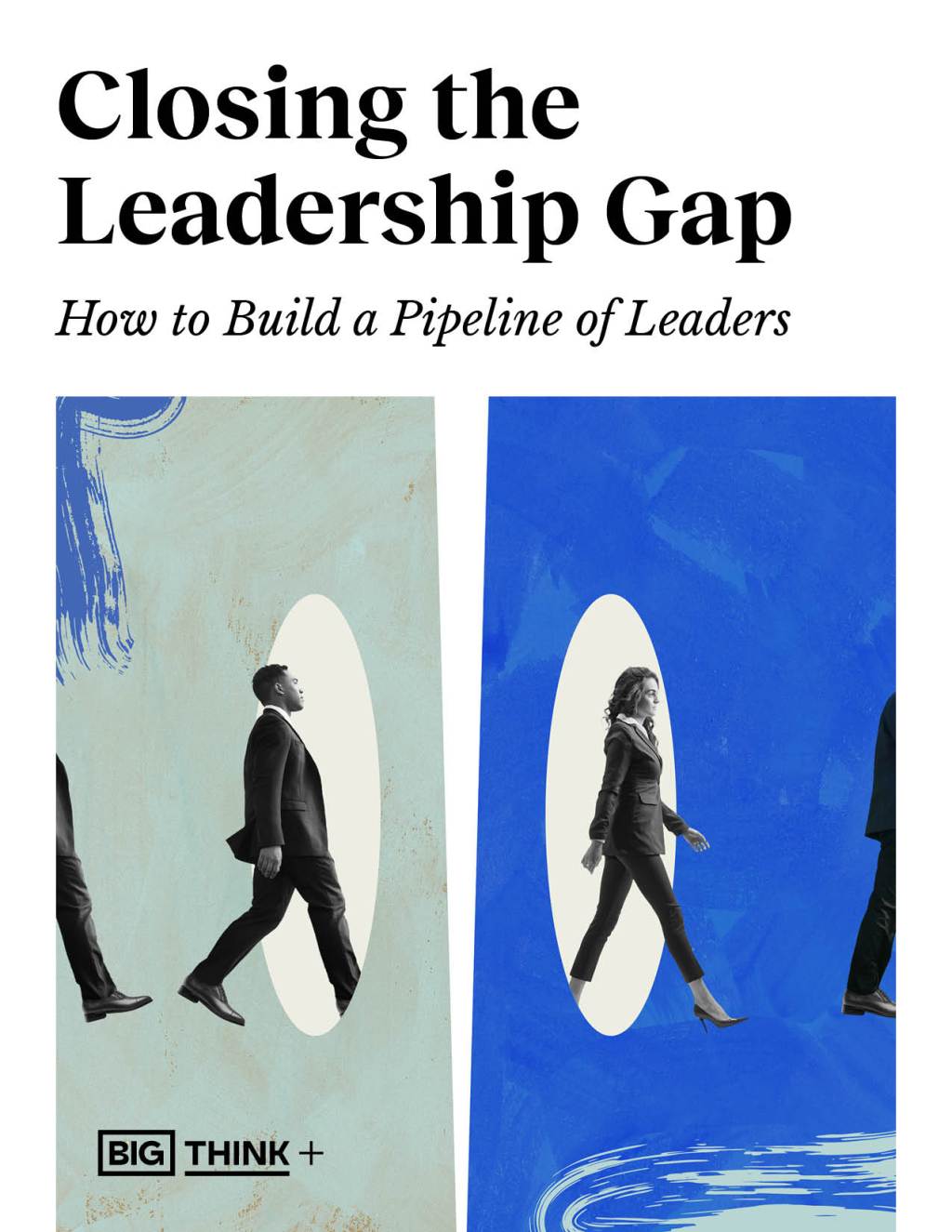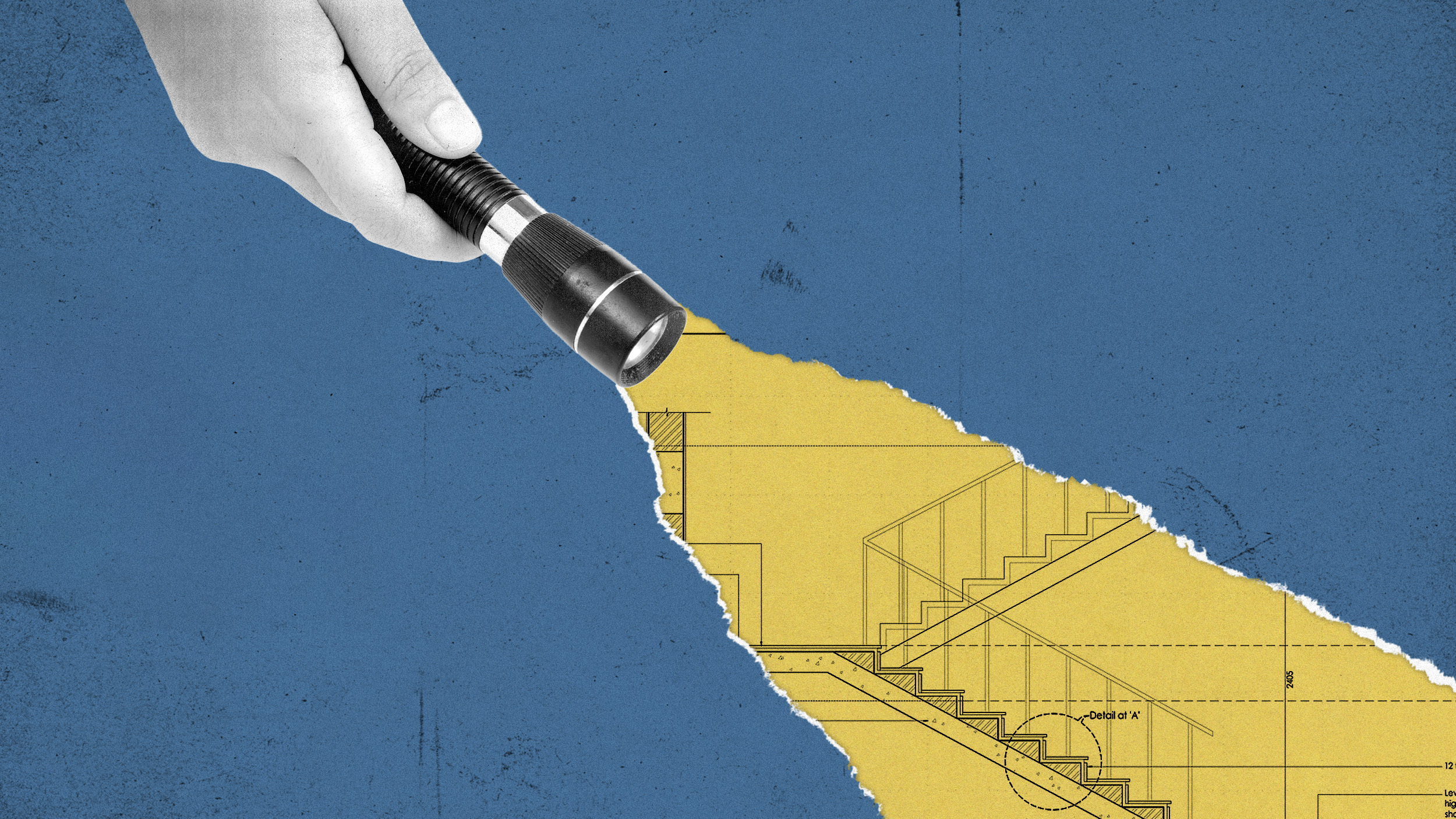The 7 most in-demand skills driving the leadership gap

The need for high-quality, dynamic leadership is a challenge faced by organizations around the world. For several years now, these organizations have been buffeted by significant changes often outside their control. Rapidly evolving technologies, demographic changes, flatter organizational structures, a pandemic that upended ways of working, and increased “churn” in the workforce name only a few.
The impact of those changes has created a demand for leadership skills and abilities that are not only suited to face contemporary challenges but are ready to adapt to what the future may bring. Unfortunately, today’s leaders don’t feel adequately prepared to lead in the future, and organizations are having trouble developing those skills in their current and emerging leaders — resulting in what is known as the “leadership gap.”
When exploring the leadership gap, research and input from organizational leaders consistently point to a set of leadership skills that are high-impact, difficult to develop, and not easily replicated by technology. Seven such in-demand skills are:
- Managing change successfully
- Strategic thinking
- Decision-making
- Taking the initiative
- Inspiring commitment
- Building collaborative relationships
- Identifying and developing future talent
What follows is a snapshot of each skill and a few ideas for exploring development options.
Managing change successfully
Managing change has sometimes been described as trying to repair a plane’s engine while mid-flight. And unlike actual engine repair, there is no instruction manual and rarely a clear resolution. Change involves risk, which can cause even the most experienced leader to take a step back.
The approach to developing leaders adept at managing change is multi-faceted. As a foundation, the possibility of failure – or at minimum, less-than-optimal results – must be accepted and understood, especially for someone working to build their capabilities. Otherwise, reliance on the status quo is the likely outcome. Secondly, there must be multiple opportunities to undertake projects, assignments, and roles that require dealing with change. These opportunities should be supplemented by mentoring and coaching, as well as more formalized learning to foster greater insights.
Strategic thinking
Strategic thinking takes work, curiosity, and openness to new information. Very few of us can boast the ability to continually look ahead, consider possibilities, ask questions, and challenge our viewpoints before deciding on a course of action. The skill is also not one that can be developed in isolation — it requires interacting with others to explore ideas and perspectives, test assumptions, and surface potential obstacles.
Organizations seeking to develop strategic thinking capabilities can benefit from exposing current and potential leaders to future-focused questions and challenges outside their usual purview. For example, they can ask individuals from different business units to develop a strategy for streamlining their operations. They may also consider including emerging leaders in selected strategy sessions, scheduling periodic “innovation” workshops, or incorporating the insights of well-known strategic thinkers across multiple disciplines into group learning.
Decision-making
A natural partner to managing change and strategic thinking is decision-making. At some point, choices need to be made as to business direction, project priority, allocation of resources, or even who gets the promotion. As with the previous skills, effective decision-making entails risk. It also can be influenced by numerous other factors including organizational hierarchy, lack of empowerment, and even personal bias.
If the goal is to develop decision-making capabilities, organizations should be open to assessing how their decision-making processes currently work and looking for appropriate opportunities to allow greater latitude at various levels. This approach also requires actively preparing individuals to take that step through activities such as scenario-based planning, practice in low-risk situations, and coursework that teaches the cognitive aspects of decision-making.
Taking the initiative
This skill doesn’t naturally reside in particular leadership levels or populations. Some individuals seem inclined to take the lead, while others become more comfortable only as they gain experience. However, given the upheavals of the past several years, it is understandable if individuals at all levels have become more averse to risk. Adding to that risk is the fact that choosing to act introduces the individual to scrutiny and judgment by others — peers, senior leaders, direct reports, and perhaps customers.
For an organization to increase its leaders’ capacity to take initiative, it needs to convey that expectation and create conditions that embolden it. For example, provide examples through senior leaders, internal communications, performance reviews, and other means as to what initiative expectations “look like.”
Inspiring commitment
The most respected leaders inspire commitment. The image this brings to mind is often the charismatic CEO conveying the mission of the organization and talking about the critical role employees have in making it successful. While that type of communication is important, employees’ sense of commitment and belonging is typically formed — and validated — through their day-to-day experiences and interactions with leaders close to them.
There is no playbook for how to inspire commitment, in part because employees aren’t a monolithic group. Some of the essential elements, however, include transparent communications, support for career growth, seeking to understand each person as an individual, providing support, and treating people equitably and professionally.
Similarly, there is no playbook for how to help leaders develop their ability to inspire commitment because each leader has a unique personality. The strategy will likely require combining multiple learning opportunities focused on communication skills, team-building, giving feedback, and having career conversations. It will also demand activities and discussions designed to strengthen their understanding of, and commitment to, the organization’s mission.
Building collaborative relationships
The ability to form meaningful connections with peers, direct reports, and higher-ranking leaders is often one of the most prominent indicators of a successful leader. In some respects, it also rests at the core of many other in-demand leadership skills. Whether seeking to manage change, inspire commitment, or influence others to follow your lead, without strong relationships those efforts are likely to fail. However, with the increase in remote and hybrid work, geographically dispersed teams, and technology-based interactions, relationship-building requires an intentional and committed approach.
Collaborative relationship-building often begins with seeking to understand another person’s perspective, motivations, and goals and then working to find common ground. Ways to build competence can include compiling lists of divergent and convergent questions to deepen conversations; undertaking assignments that involve working with other teams; serving on a junior board; and taking the lead to devise and implement a new system or policy.
Identifying and developing future talent
Employers are scrambling to recruit and retain the workers they need to maintain and grow their organizations. With a continually low unemployment rate, workers have choices — and a primary decision factor is that employees expect to be developed on the job. That is especially true with Gen Z and millennials.
Effective leaders have a “nose for talent” and always look for high-potential individuals from inside and outside their organization. Building skill in this area can first require some introspection: How broad — or narrow — is their perspective on what high-potential talent looks like? Are they hesitant to hire or develop someone who might one day surpass them? Do they tend to select candidates based on first impressions or comfort level? What efforts do they make to support and develop someone over time?
Helping leaders build their capacity to identify and develop talent can take multiple paths: going to multiple schools as a recruiter; serving as a mentor to young/new employees; seeking out situations and learning that provide insights into different backgrounds, work styles, ages, and experiences; taking advantage of on-the-job opportunities and formal training to improve their ability to help others learn and develop.
All indications point to a continued challenge to source — and compete for — future talent. Some leaders may find even more of their time allotted to it. In that case, they would be well-served to devote a portion of their own development to being the best they can be in this sphere.
Final thoughts
When striving to close a leadership gap, there can be a question of “buy or build” — to what extent is it easier or more effective to seek outside talent versus building from within? Individual circumstances guide that decision, but there are benefits and drawbacks to consider in either case. For example, bringing in someone with different experiences and perspectives has the potential to challenge the status quo and inject new energy. On the other hand, building from within can establish a strong foundation for ongoing development at a variety of levels as well as provide compelling career paths.
There is no “right” answer to the buy-or-build question, but developing increased competence is a two-way street. Individuals must be motivated to pursue actions necessary for their development, while organizations must be prepared to convey their expectations for leadership across the board and provide the support necessary to meet them. Essential to that support is multiple, diverse development opportunities – through assignments, coaching, mentoring, and formal learning — that support and reinforce these skills on the job.
Learn More About Big Think+
With the most Fortune 500 executives, Ivy League academics, and best-selling authors of any content provider, Big Think+ learning experiences are designed to guide, inspire and accelerate your leaders. Visit our leadership development page to watch sample lessons and explore how Big Think+ could ignite leaders across your organization. We think you’ll quickly realize the game-changing impact our leaders will have on yours.





